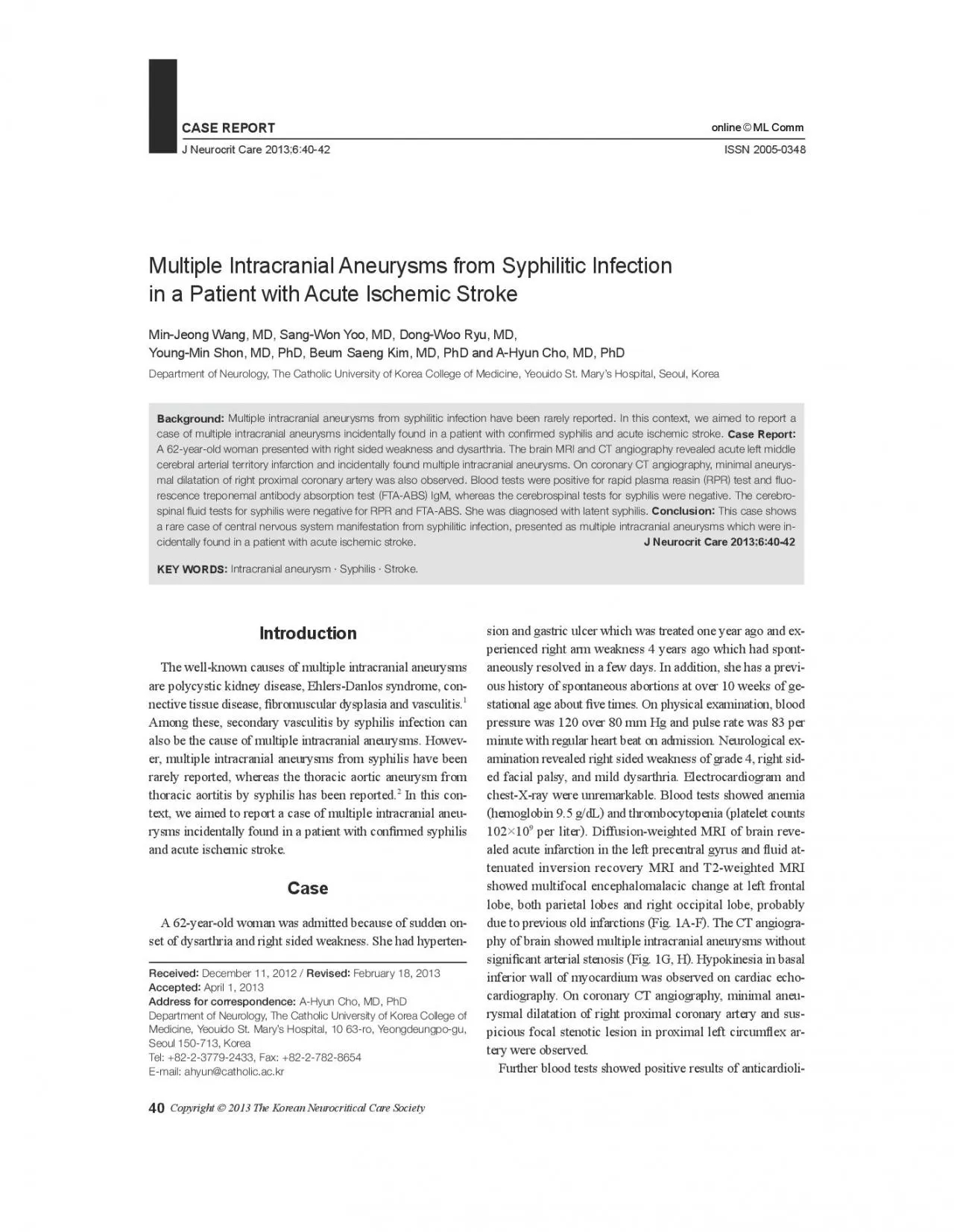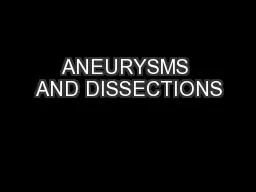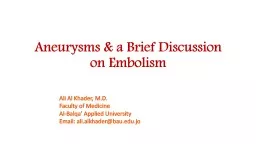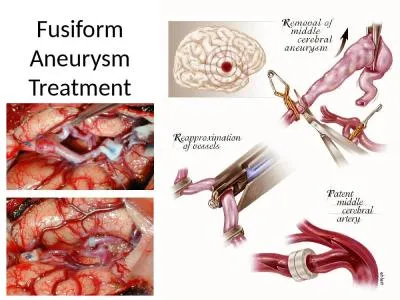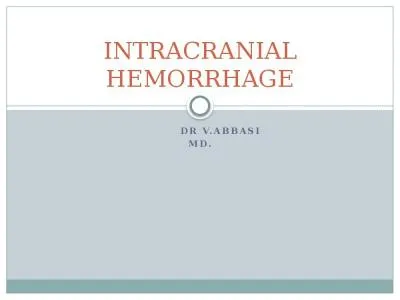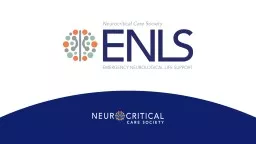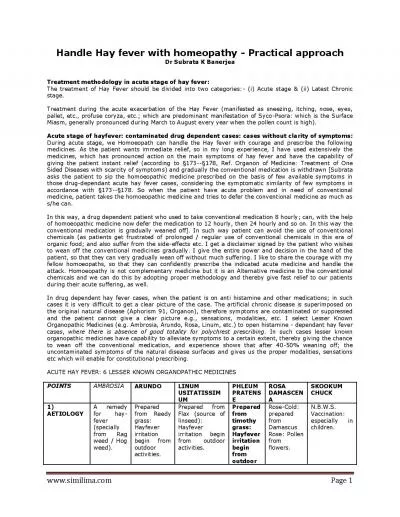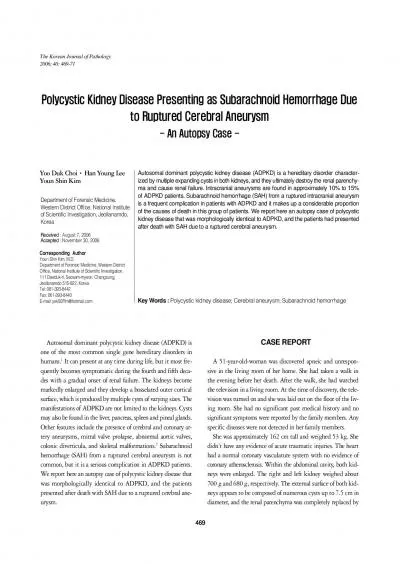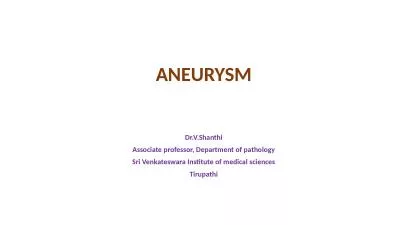PDF-Multiple Intracranial Aneurysms from Syphilitic Infection in a Patient
Author : vivian | Published Date : 2022-08-22
Address for correspondenceDepartment of Neurology The Catholic University of Korea College of CASE REPORTJ Neurocrit Care 201364042ISSN 20050348 MJ Wang et alpin
Presentation Embed Code
Download Presentation
Download Presentation The PPT/PDF document "Multiple Intracranial Aneurysms from Syp..." is the property of its rightful owner. Permission is granted to download and print the materials on this website for personal, non-commercial use only, and to display it on your personal computer provided you do not modify the materials and that you retain all copyright notices contained in the materials. By downloading content from our website, you accept the terms of this agreement.
Multiple Intracranial Aneurysms from Syphilitic Infection in a Patient: Transcript
Download Rules Of Document
"Multiple Intracranial Aneurysms from Syphilitic Infection in a Patient"The content belongs to its owner. You may download and print it for personal use, without modification, and keep all copyright notices. By downloading, you agree to these terms.
Related Documents

